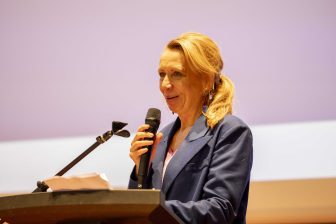
Child in the City COVID-19 webinar: “Let’s stay connected”
“Give children and the young people an outlet to talk about their feelings, their concerns, their hopes. For now, this is the new world.”
That was the closing message to more than 100 participants from 28 countries who took part in our webinar, Making Connections in Times of Corona.
Dr. Lia Karsten, chair of the Child in the City committee, co-hosted what was a hugely successful event, featuring three fascinating, yet very different presentations from our key speakers, Tim Gill, Jon Sigfusson and Helen Jarvis.
The digital-only event was organised after the unavoidable decision was taken to cancel this year’s planned Child in the City conference in Dublin. But not being able to all get together did not dilute the quality of the content, as dozens of online participants logged on from cities including Cape Town, Chicago, Verona, Barcelona, Sydney, Melbourne, Hong Kong, The Hague, Zagreb and Brussels. After first listening to the three experts talk about their respective fields of study, they also took part in a Q&A session.
Dozens of online participants logged on
Tim Gill is a well-established global advocate for children’s interests, and he shared some of his insights on examples of ‘play street’ initiatives in cities like Tirana in Albania and Ghent in Belgium, while also expanding on the relationship between children’s play & mobility issues and COVID-19.
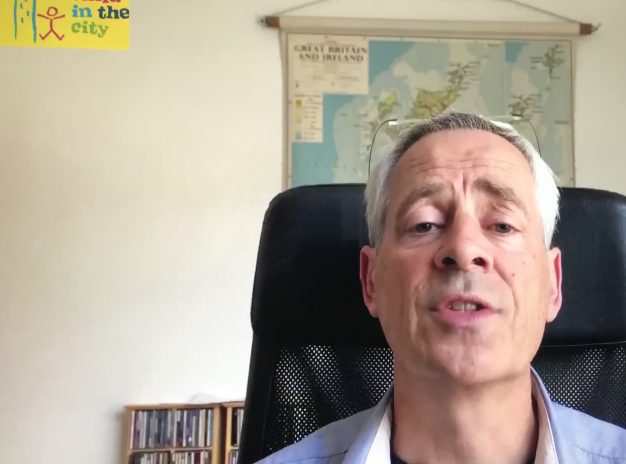
He spoke about the definition of a child-friendly city, suggesting that the UNICEF model based around children’s participation did not go far enough. In his opinion, there has to be two key elements – a choice of activities and spaces in a city, and ease of access in terms of mobility for children to reach these places.
“Only where you have both does a truly child-friendly city exist,” he said.
Speaking about the example of Tirana, within the historically political context of both the city and country, he said: “What the current administration has done, under the Mayor, is to place children as a kind of symbol, and a carrier, and a compass point for the future vision of the city. I think what that has shown is the ability to overcome some of the terrible legacy of communism and post-communism in their country.”
Delegates were shown images of how the city’s urban planners had completely revamped certain areas, with car parks turned into green spaces, designed with children and families in mind.
The second presentation came from Jon Sigfusson, one of the key influences behind the development of the Icelandic Model, which over the past 20 years has taken a revolutionary approach to tackling substance abuse among the adolescent population.
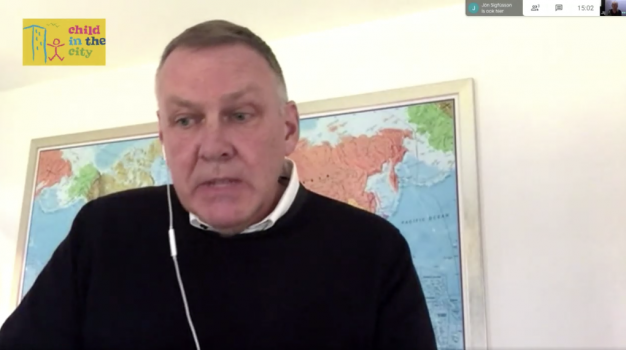
n 1998 when the project was first mooted, the number of teenagers drinking, smoking and taking drugs was very high. But the Icelandic Model’s multidisciplinary interventionist approach has brought about a dramatic reduction.
The country, he said, was originally trying to teach children about the negative side of substance abuse, telling them to just ‘say no’. “This was not working,” said Jon. “Children are clever, they know that drugs are not good for them, you don’t need to tell them that. What we have to change is their environment, so that they will be at less risk of starting to use drugs.
‘Children are clever, they know drugs are not good for them’
“The aim of drug-free Iceland was to change the actual behaviour of children, not only attitudes but also the lifestyle and environment. Children who do not use drugs at a young age, they continue that behaviour,” added Jon.
He talked about how the methodology, which included teams taking to the streets of Reykjavik to tell children out late to go home, and parents being asked to sign contracts agreeing that their children abide by certain rules, had been taken and adapted across five continents. “I have lost count of all the principalities around the world now doing the same as us,” he said.
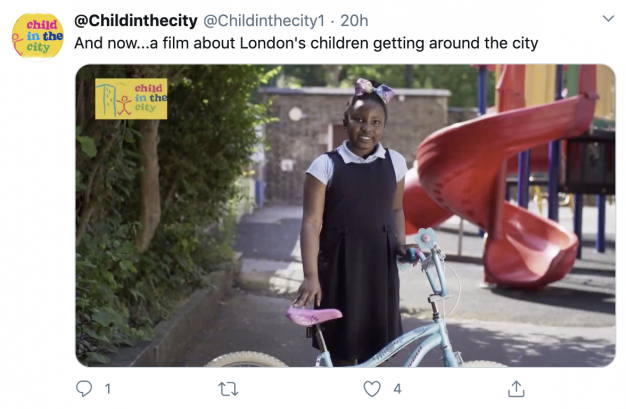
Jon also stressed the importance of using locally-based data to help inform policy development, saying: “We need to focus on the closed community, because if you have the information about risk and protective factors for the whole of your country, that does not tell you anything about the issue in your area, in your municipality, your district, or school.”
‘The aim was to change not only attitudes but also lifestyle and environment’
In his closing remarks, Jon was also at pains to out that while the global pandemic was dominating all of our lives, there was another pandemic – that of substance abuse – which had undoubtedly led to the deaths of many young people during the webinar alone. This, he said, was a ‘pandemic we must address with more force than ever before’.
The final presentation was from Helen Jarvis, a professor in urban geography at Newcastle University, who expanded on some of her ideas and observations surrounding family and social structures and how these have manifested during the UK’s lockdown period.
“Why do planners and politicians dream of cities that are smart – surely we need cities that are convivial?” was a question she posed, adding that social isolation and loneliness were damaging the health of children and their parents.
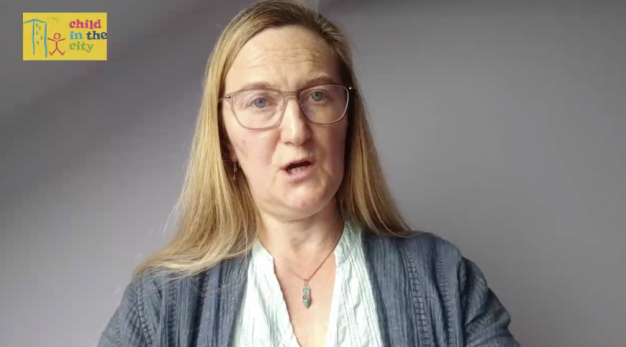
“Never in our recent past has the need to address systematic inequality been more urgent..children are back at school and there seems to be a recognition that those who are digitally excluded are in a gap,” she added.
Helen also said she believed that some of the public information discourse coming from government were not helpful, and were ‘hastening the loss of involvement in people’s lives’. “Public health messaging has been incredibly divisive,” she said.
‘Public health messaging has been incredibly divisive’
“The messages are disempowering to young people who have not been involved in the decision-making. Yet they are incredibly thoughtful and considerate for their friends, so we do have this paradox.”
Yes there had been positives, Helen added, describing her own city of Newcastle-upon-Tyne as having witnessed ‘a groundswell of solidarity’ among its citizens.
Wrapping up the webinar after a general discussion and a film about child mobility in London, Dr Karsten said that while the general consensus is that children are not affected physically by the coronavirus in the way that adults are, it is a different matter in terms of their mental health and well-being.
“What is clear from just talking to young people is that effect on their mental health brought about by the lockdowns, being socially isolated from friends, missing school, not being able to play outdoors, and so forth, cannot be understated – they miss the stimulation that only regular social contact with their peers can bring.
‘Give children an outlet’
“That’s why now it is vital that we, the professionals whose job it is to work with and help nurture children, be alert to the danger signs, signs from children that they are not coping and need help. They may just need reassurance that they are not alone.
“Today’s theme has been ‘making connections’. And that’s precisely what we have to do – maintain our connections with the children, teenagers and those heading towards adulthood. Ensure the lines of communication stay open. Give them an outlet to talk about their feelings, their fears, their concerns and their hopes. COVID-19 isn’t going away any time soon, so we have to adapt and accept that this is the new world. Let’s stay connected,” she concluded.
Webinar resources:
Those who attended the webinar will be receiving a link to a survey about their experience of the event.
For those who were unable to attend, the presentations are available online:




